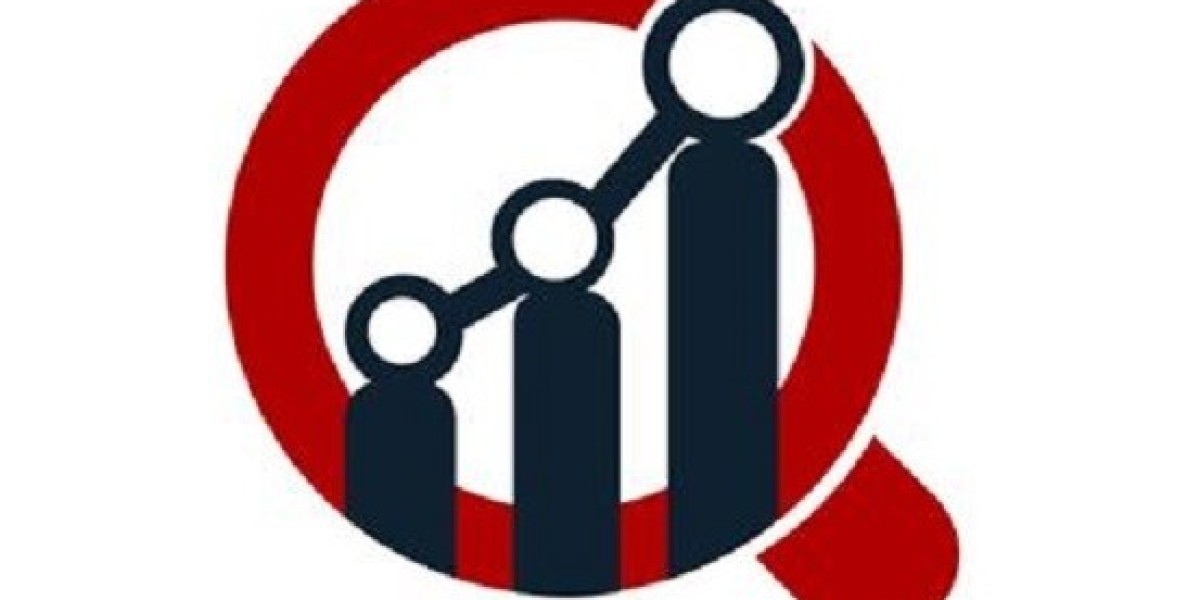Chest Drainage Device Market: Enabling Recovery in Pulmonary and Cardiac Care
Chest drainage devices play a critical role in acute care settings, particularly in managing conditions that involve the pleural space, lungs, or mediastinum. From trauma units to post-operative recovery in thoracic surgeries, these devices have become essential for restoring normal breathing mechanics and preventing life-threatening complications. As medical technology advances, chest drainage systems have evolved from simple gravity-based tools to highly regulated, patient-friendly devices equipped with advanced features.
What Are Chest Drainage Devices?
Chest drainage devices are systems designed to remove air, fluid, blood, or pus from the pleural cavity or mediastinum. Commonly used in cases of pneumothorax, hemothorax, pleural effusion, and during post-operative recovery after thoracic surgeries, they help reinflate collapsed lungs and prevent the accumulation of fluids that can hinder breathing.
These devices can be as simple as single-bottle systems or as complex as multi-chamber units with integrated suction and digital monitoring. Their reliability and effectiveness have made them indispensable in both emergency and planned procedures.
Applications Across Medical Specialties
Although thoracic surgery remains a primary area for chest drainage device use, their applications extend far beyond. They are frequently used in cardiac surgeries, trauma cases involving chest injuries, lung infections like empyema, and certain cancers. Intensive care units (ICUs) rely on chest drainage systems to support patients on ventilators or those undergoing mechanical breathing assistance.
Pediatric care is another growing area, where specially designed small-bore chest tubes and low-pressure systems are used in neonatal and infant patients requiring thoracic interventions.
Market Insights and Driving Forces
The demand for chest drainage devices has been rising due to an increase in cardiovascular surgeries, rising incidences of lung diseases, and higher rates of traumatic injuries. Conditions such as chronic obstructive pulmonary disease (COPD), tuberculosis, and lung cancer, especially in aging populations, also contribute significantly to the need for drainage systems.
Healthcare systems are now emphasizing quicker post-surgical recovery and minimal complications. As a result, hospitals are investing in modern, user-friendly, and highly accurate drainage devices that offer better patient mobility and safety.
Additionally, digital chest drainage systems are seeing increasing adoption. These devices provide real-time data, continuous monitoring of air leaks, and precise measurement of drainage output — all contributing to better clinical decision-making.
Global Adoption and Regional Trends
North America dominates the global chest drainage device market due to high surgical volumes, strong healthcare infrastructure, and advanced trauma care systems. Europe follows closely with well-established cardiothoracic surgery programs and ICU support.
The Asia-Pacific region is witnessing rapid growth thanks to improving healthcare access, rising surgical procedures, and a higher prevalence of respiratory illnesses. Countries like China and India are investing heavily in ICU infrastructure and emergency response systems, pushing the demand for reliable drainage tools.
Meanwhile, the Middle East and Latin America are showing promising growth as they adopt more modern medical devices and improve trauma response systems.
Technological Evolution Enhancing Patient Experience
Traditional drainage systems required significant monitoring and could restrict patient mobility, especially during extended hospital stays. Today, portable and digital chest drainage devices are improving the patient experience. Lightweight, compact systems with mobile suction capabilities allow patients more comfort, shorter hospital stays, and faster recovery.
Some systems are now equipped with alarms for early detection of blockages or excessive drainage, increasing safety and reducing nurse workload.
Challenges and Future Directions
Despite advancements, chest drainage systems are not without challenges. Tube clogging, infection risks, and inadequate drainage are still concerns, particularly in low-resource settings. Proper training, standardization, and adoption of advanced materials and design are key to overcoming these issues.
Looking forward, innovations are expected in wireless monitoring, integration with hospital information systems, and intelligent feedback mechanisms. The push toward minimally invasive surgeries also demands compatible drainage systems that align with smaller incisions and shorter recovery times.
Conclusion: A Pillar of Thoracic Care
The chest drainage device market continues to evolve in tandem with modern surgical and emergency medicine practices. Its indispensable role in restoring lung function and preventing respiratory failure makes it a backbone of thoracic and cardiac care. As technology integrates further into medical equipment, chest drainage systems will only grow in importance, shaping a safer and more responsive care environment.
Explore our latest reports
? Stay ahead in the healthcare industry. Browse our latest insights now!
About Market Research Future (MRFR)
Market Research Future (MRFR) is a global market research firm that provides comprehensive insights into market trends, drivers, challenges, and opportunities. We offer a broad range of market intelligence reports and consulting services to help businesses and enterprises in various industries make informed decisions
Media Contact:
Market Research Future (MRFR)
Phone: +1-646-845-9312
Email: contact@marketresearchfuture.com
Website: marketresearchfuture



